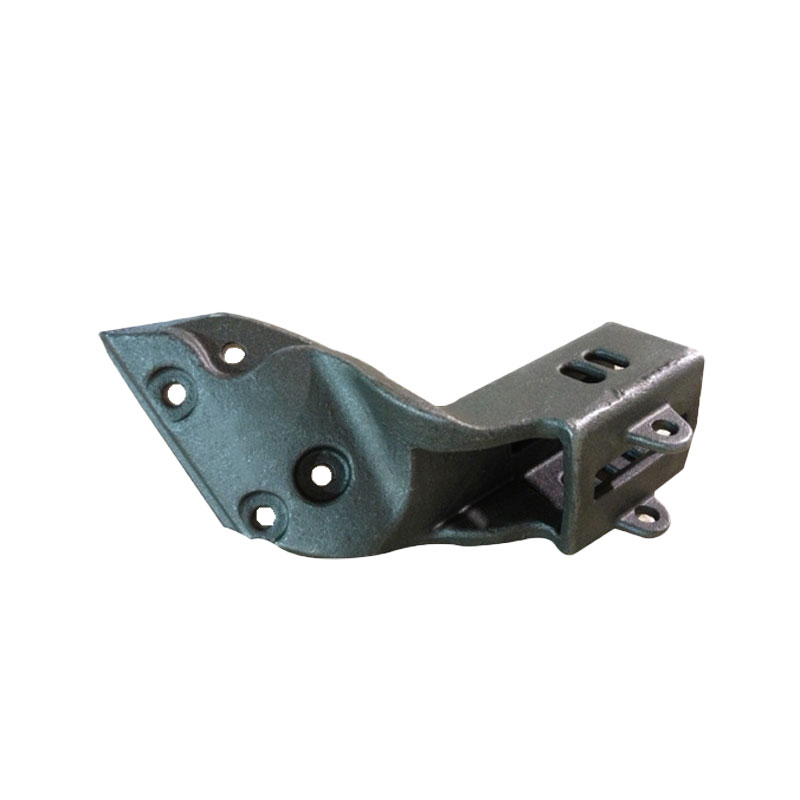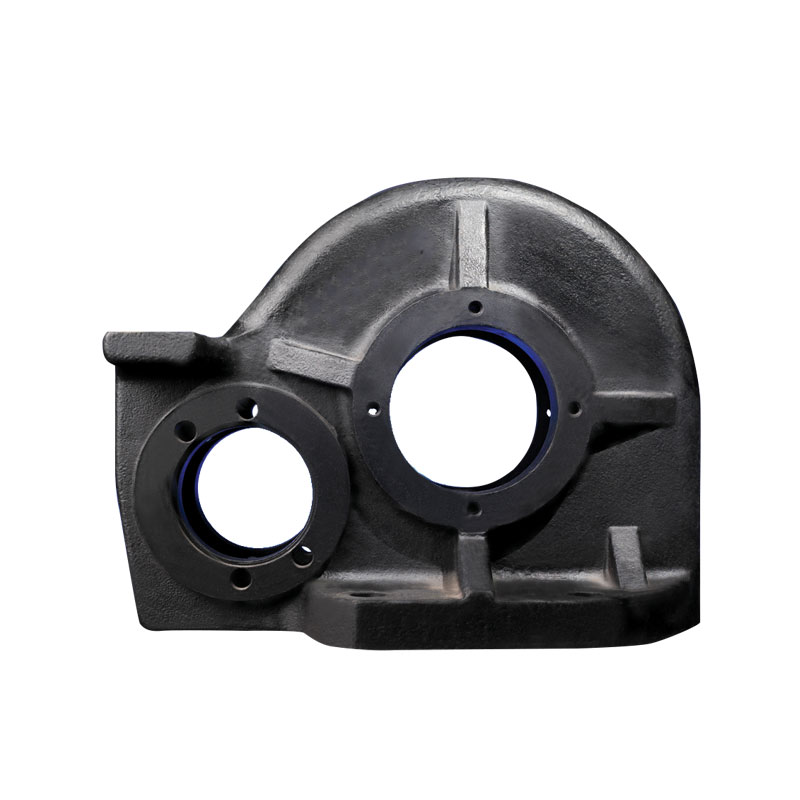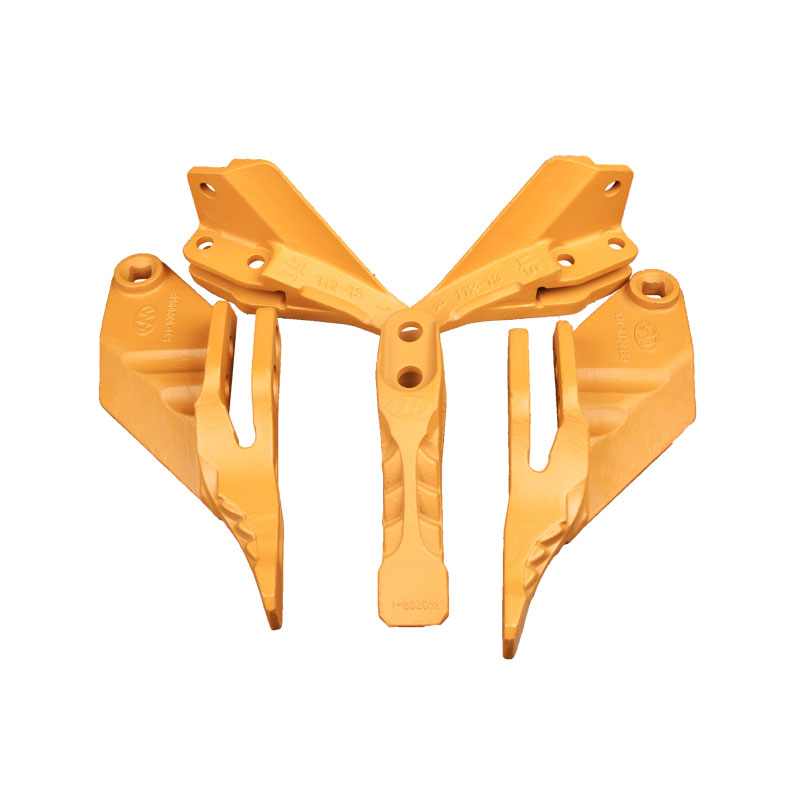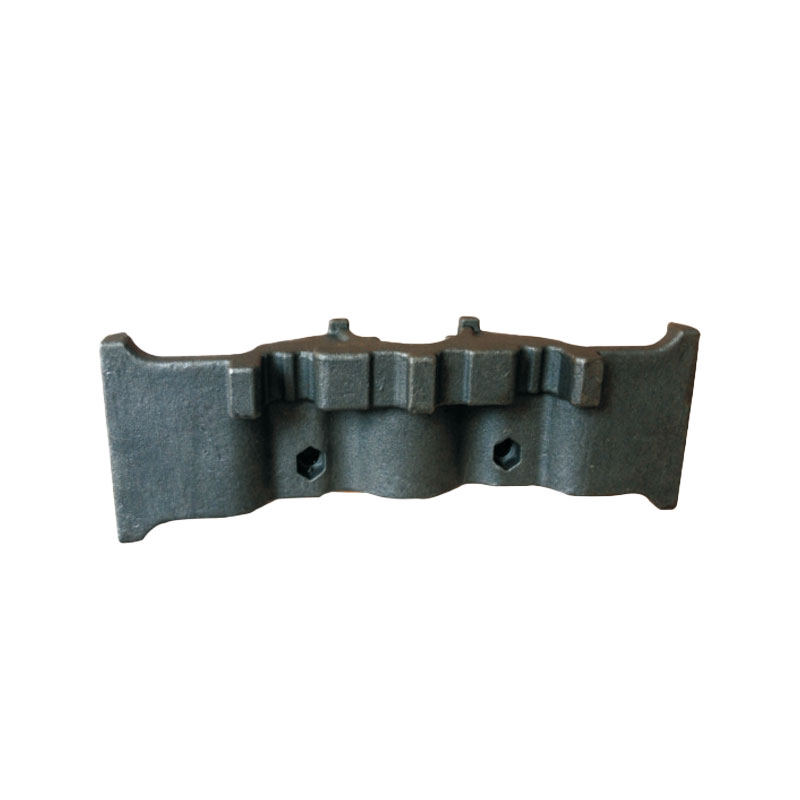Carbon steel can be cast with greater or lesser amounts […]
Carbon steel can be cast with greater or lesser amounts of silicon or manganese than the minimum amount specified in the specifications. However, an upper limit must be set for these components, and these are typically between 0.60% and 1.65% of the steel's carbon content. Below these limits, the steel is not considered to be carbon steel.
A new method of producing ultra-low carbon steel has been developed in Japan. The technique involves continuously casting a thin layer of carbon-free powder within a mold. Due to the vibration of the mold, the molten steel and the powder layer are in direct contact with each other. This causes the surface level to fluctuate. This method reduces the carbon content in the steel casting process and increases its workability.
The low carbon content of the steel makes it a versatile material for a variety of applications, including structural shapes. Examples include I-beams, channel, angle iron, and steel sheets for pipelines. These steels are particularly good for mass production methods.
Mid carbon steels have a carbon content of between 0.30% and 0.60% and may contain a certain amount of manganese. These steels can be forged, welded, and machined. They also exhibit good wear resistance. Due to their high carbon content, they are often used in defense and military applications.
High-carbon steel castings are those with a carbon content of more than 0.50 percent, and have an additional amount of silicon, manganese, and phosphorus of 0.20 to 0.80 percent. These steels are also high in strength and exhibit a tensile strength of 65,000 to 105,000 pounds per square inch.
These steels are commonly used in construction components, automobile body components, and pipes. They are also known to be tough and wear-resistant. They can be welded and brazed. They can also be hardened by annealing, normalizing, or oil quenching.
Low alloy steels are similar to carbon steels, but contain additional alloying elements that improve their heat-treating response. These steels can achieve ultimate strengths of 60 to 300 ksi. They are commonly used in automotive and aerospace applications, as well as in pump and valve components for oil and gas industry. They can also be heat-treated for surface wear and impact resistance.
Low alloy steels are commonly used in boilers and are generally suitable for a metal temperature of 580degC. Their high-temperature oxidation resistance is an important factor in boiler design. Researchers have also found that RE reduces the hydrogen diffusion coefficient in steel, which greatly improves service life.
High alloy steels are composed of a combination of two or more elements in addition to carbon. These alloys have different properties and are used in carbon steel casting, welding, and machining processes. They are more malleable than carbon steel, but can be more difficult to weld.
product name: Durable Anti-rust Industrial SS Casting
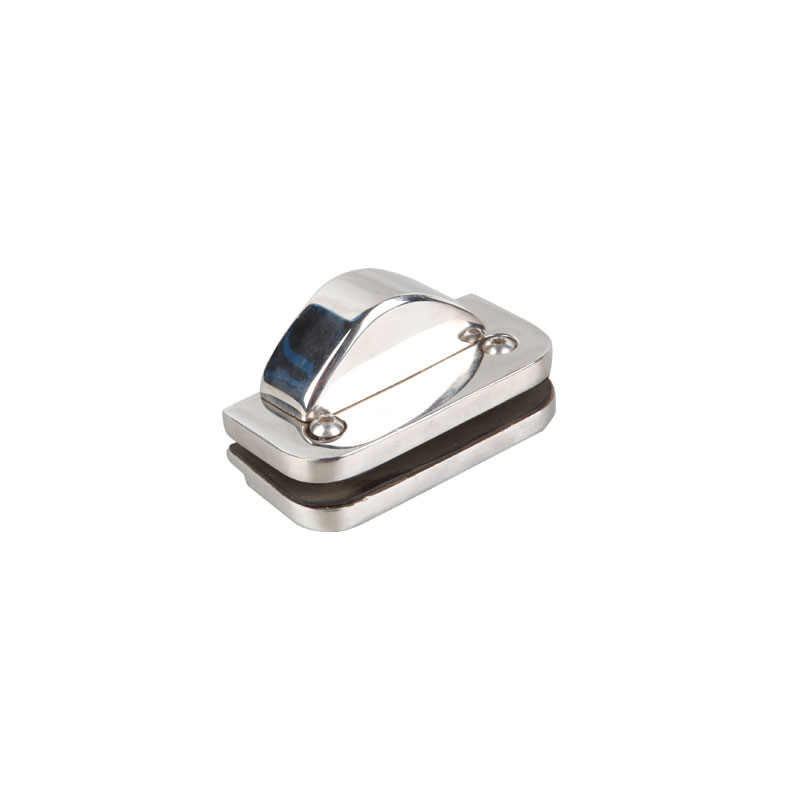
Product description:
Stainless Steel Parts durable and anti-rust,it is an iron alloy composed primarily of iron and chromium.Stainless steel is not as susceptible to rust or damp corrosion as regular steel.
1.Prevents corrosion and rust:The chromium in the material reacts with oxygen on the surface to create an oxidized “passive layer”.
2.heat resistance, and durability:heat resistance, high temperature resistance, low temperature resistance and even ultra-low temperature resistance.
For more details, please visit it Durable Anti-rust Industrial SS Casting
Welcome to mail:[email protected] or call 0086-574-88545657
